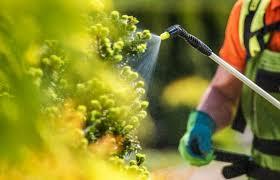
In order for many herbicides to be effective they must also move into underlying epidermal cells and eventually enter the plant’s vascular system. In general, foliar-applied herbicides fall into two categories:
Systemic herbicides are those that translocate from the site of application and tend to accumulate in areas of rapid growth by moving in the phloem.
Contact herbicides remain primarily within the leaves that were sprayed because herbicide characteristics are not favorable for translocation or the herbicide destroys plant membranes very quickly, disrupting translocation.
To understand what is involved in herbicide translocation, it is important to review the major components of the vascular system.
All cells in the plant must be supplied with materials that move through the vascular system. In very general terms, the xylem is composed primarily of non-living cells called tracheids and xylem vessels (Figure 5). Because it is non-living, the xylem is considered part of the apoplast. In addition to the xylem, cell walls and free spaces between cells are also part of the apoplast. Herbicide movement in the xylem, cell walls and free spaces is often referred to as apoplastic. The primary function of the xylem is the transport of water and nutrients from the root to the shoot.
All cells in the plant must be supplied with materials that move through the vascular system. In very general terms, the xylem is composed primarily of non-living cells called tracheids and xylem vessels (Figure 5). Because it is non-living, the xylem is considered part of the apoplast. In addition to the xylem, cell walls and free spaces between cells are also part of the apoplast. Herbicide movement in the xylem, cell walls and free spaces is often referred to as apoplastic. The primary function of the xylem is the transport of water and nutrients from the root to the shoot.
Herbicide movement in the phloem is called symplastic. The symplast is all the parts of the plant where a membrane is present. Herbicides that are moving in the symplast could be moving in the phloem or moving from cell to cell toward a minor or major vein. The phloem is composed of sieve elements, companion cells, phloem parenchyma and phloem fibers. The primary function of the phloem is the movement of sugars, amino acids and small molecules from mature, photosynthetically active leaves (source) to rapidly growing regions like shoot and root meristems (sink). The terms source and sink are often used to describe and explain how herbicides are transported in the phloem.
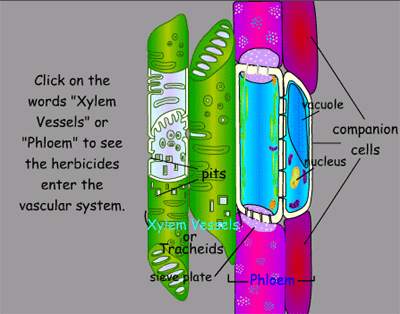
Figure 5. Diagram of the vascular system showing primary elements of the xylem and phloem. (Image by Dusti Duffy, Tracy Sterling, Scott Nissen, and Deana Namuth)
Figure 5. Diagram of the vascular system showing primary elements of the xylem and phloem. (Image by Dusti Duffy, Tracy Sterling, Scott Nissen, and Deana Namuth)
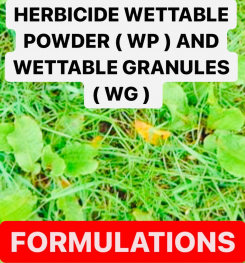
|
|
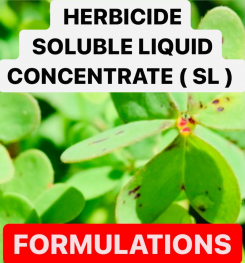
|
|
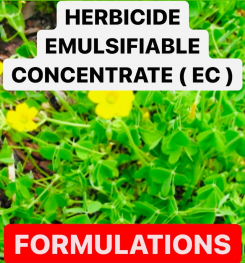
|
|
